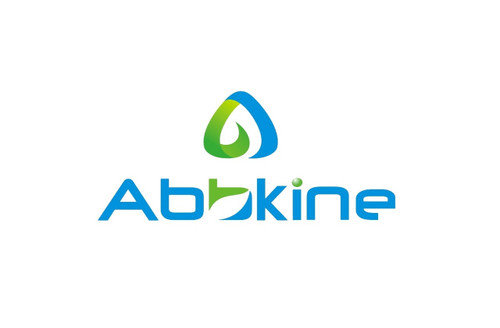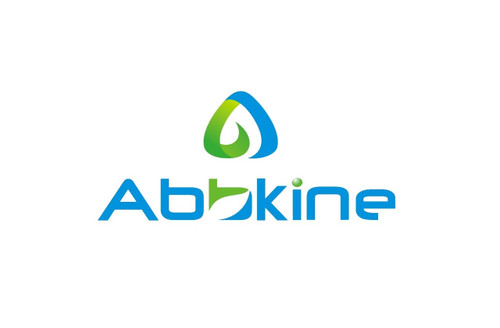Product Description
Rat Ras-related protein Rab-1A (RAB1A) ELISA Kit | AE24774RA | Abebio
Species Reactivity: Rat (Rattus norvegicus)
Abbreviation: RAB1A
Alternative Name: DKFZp564B163; RAB1; YPT1; GTP binding protein Rab1a|RAB1; member RAS oncogene family|Rab GTPase YPT1 homolog
Application: ELISA
Range: 0.156-10 ng/mL
Sensitivity: 0.054 ng/mL
Intra-Assay: ≤5.3%
Inter-Assay: ≤7.5%
Recovery: 1, 09
Sample Type: Serum, Plasma, Other biological fluids
Detection Method: Sandwich
Analysis Method : Quantitive
Test Principale: This assay employs a two-site sandwich ELISA to quantitate RAB1A in samples. An antibody specific for RAB1A has been pre-coated onto a microplate. Standards and samples are pipetted into the wells and anyRAB1A present is bound by the immobilized antibody. After removing any unbound substances, a biotin-conjugated antibody specific for RAB1A is added to the wells. After washing, Streptavidin conjugated Horseradish Peroxidase (HRP) is added to the wells. Following a wash to remove any unbound avidin-enzyme reagent, a substrate solution is added to the wells and color develops in proportion to the amount of RAB1A bound in the initial step. The color development is stopped and the intensity of the color is measured.
Product Overview: RAB1A encodes a member of the Ras superfamily of GTPases. Members of the gene family cycle between inactive GDP-bound and active GTP-bound forms. This small GTPase controls vesicle traffic from the endoplasmic reticulum to the Golgi apparatus. Multiple alternatively spliced transcript variants have been identified for this gene which encode different protein isoforms. RAB1 recruited p115 to coat protein complex II (COPII) vesicles during budding from the endoplasmic reticulum (ER), where it interacted with a select set of COPII vesicle-associated SNAREs to form a cis-SNARE complex that promotes targeting to the Golgi apparatus.RAB1-regulated assembly of functional effector-SNARE complexes defines a conserved molecular mechanism to coordinate recognition between subcellular compartments.
Stability: The stability of ELISA kit is determined by the loss rate of activity. The loss rate of this kit is less than 5% within the expiration date under appropriate storage condition. The loss rate was determined by accelerated thermal degradation test. Keep the kit at 37°C for 4 and 7 days, and compare O.D.values of the kit kept at 37°C with that of at recommended temperature. (referring from China Biological Products Standard, which was calculated by the Arrhenius equation. For ELISA kit, 4 days storage at 37°C can be considered as 6 months at 2 - 8°C, which means 7 days at 37°C equaling 12 months at 2 - 8°C) .
 Euro
Euro
 USD
USD
 British Pound
British Pound
 NULL
NULL








